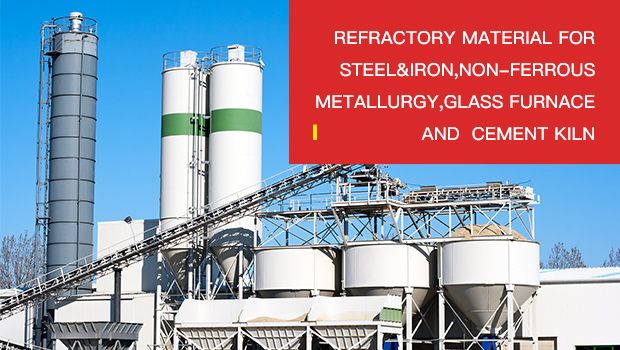
- Home
- Industry News
- Industry News
The Difference Between Fire-Resistant Concrete and Heat-Resistant Concrete
The biggest difference between fire-resistant concrete and heat-resistant concrete is the operating temperature. The service temperature of heat-resistant concrete is between 500-900℃, and the refractory concrete is used in high temperature areas, and the service temperature is above 1250℃.

Refractory concrete is produced by combining high-aluminum clinker particles and powder, as well as different proportions of binder and cement. The matrix of heat-resistant concrete is the same as that of fire-resistant concrete, but the grade is lower. The general use of concrete at around 250°C is not an area.
Ordinary concrete is often used for pavement repair, while refractory concrete and heat-resistant concrete are unshaped castables in the field of refractory materials. Refractory concrete is divided into neutral, acidic and alkaline.
If the refractory concrete combined with high-alumina cement is strong at room temperature, it has better thermal stability at 1100~1200℃.
If the refractory concrete combined with water glass is an acidic material, it has higher thermal stability and wear resistance at 900~1000℃. Suitable for use in projects or linings eroded by acid.
If it is used in the area where water vapor and water act. It is necessary to use hydraulic refractory concrete combined with high-alumina cement, and heat-resistant concrete can be used if the temperature is lower than 900°C.
Silicate heat-resistant concrete is easy to construct. It can be used in the low temperature area of the furnace, and can also be used in the foundation, chimney, flue and other parts. Heat-resistant concrete requires mold ramming or pouring, demoulding and baking are the same as general castables.
Phosphoric acid-bonded refractory concrete can be used at a temperature of 1450~1650℃, and its strength at medium temperature is also good. It has good thermal stability, abrasion resistance and impact resistance at high temperatures, but it is more expensive than heat-resistant coagulation. Phosphoric acid combined The refractory concrete is an acidic material and is used in parts with an acidic atmosphere.
The high-temperature section of the heating furnace and the oil-burning combustion chamber are also made of refractory concrete, but it is combined with high-alumina cement. It can be directly dried after being mixed with water and formed, and then put into use after baking.


